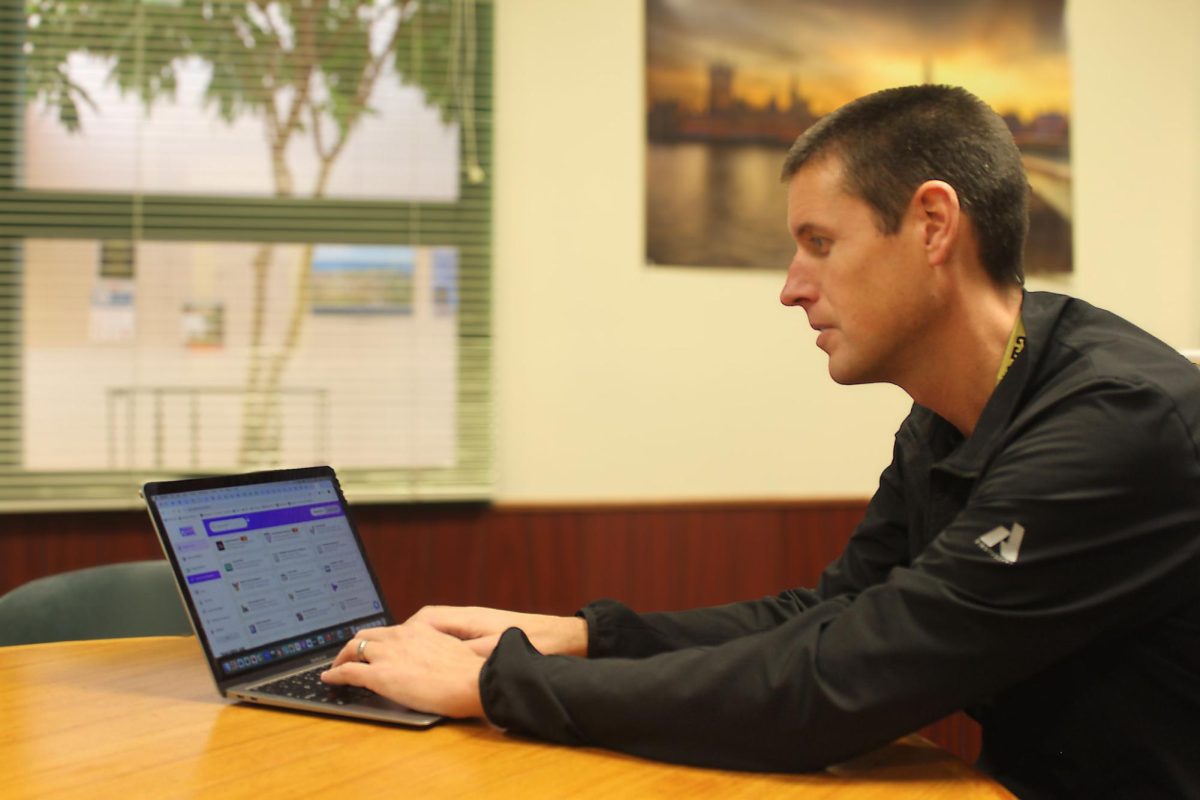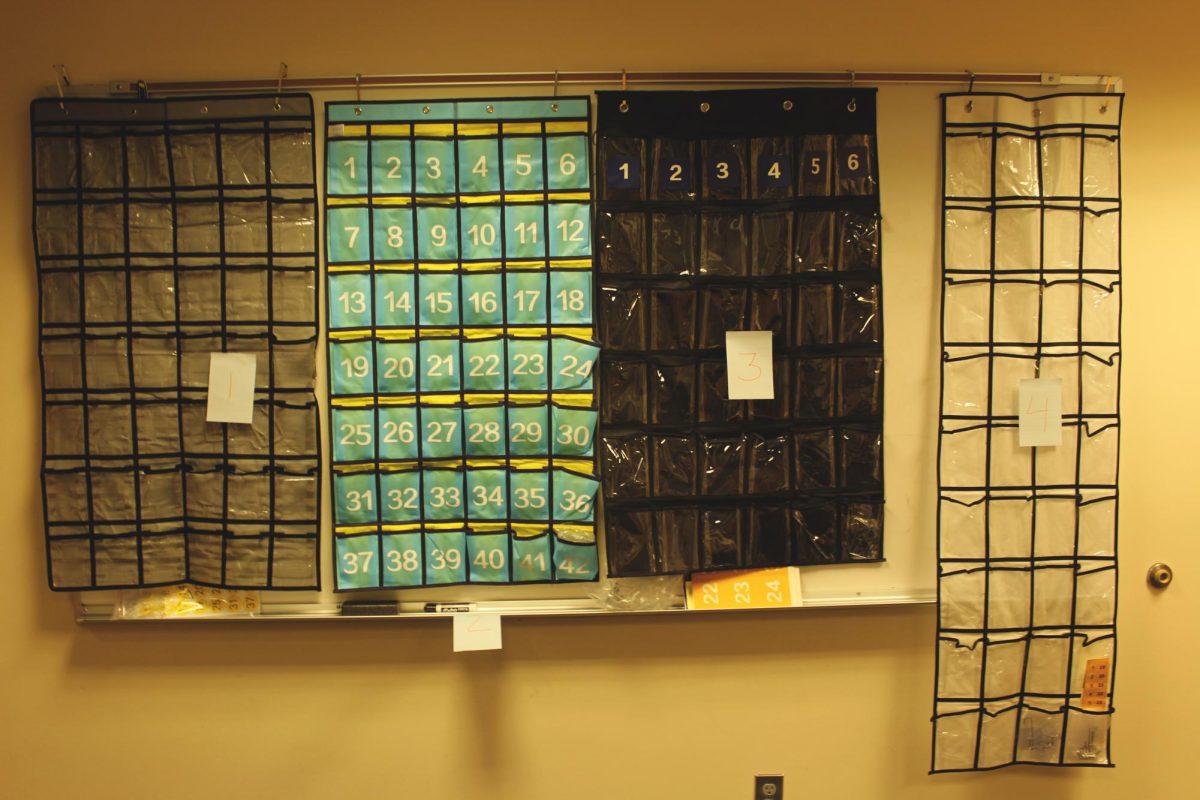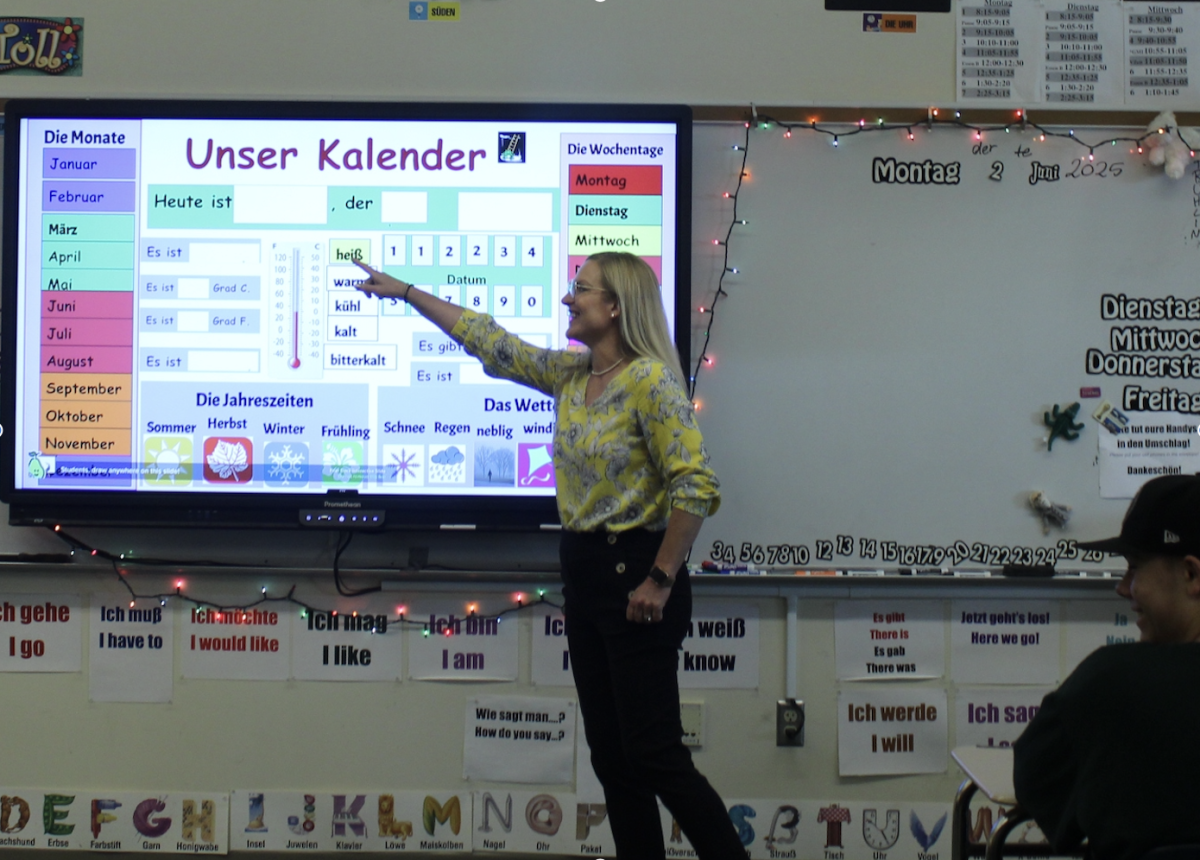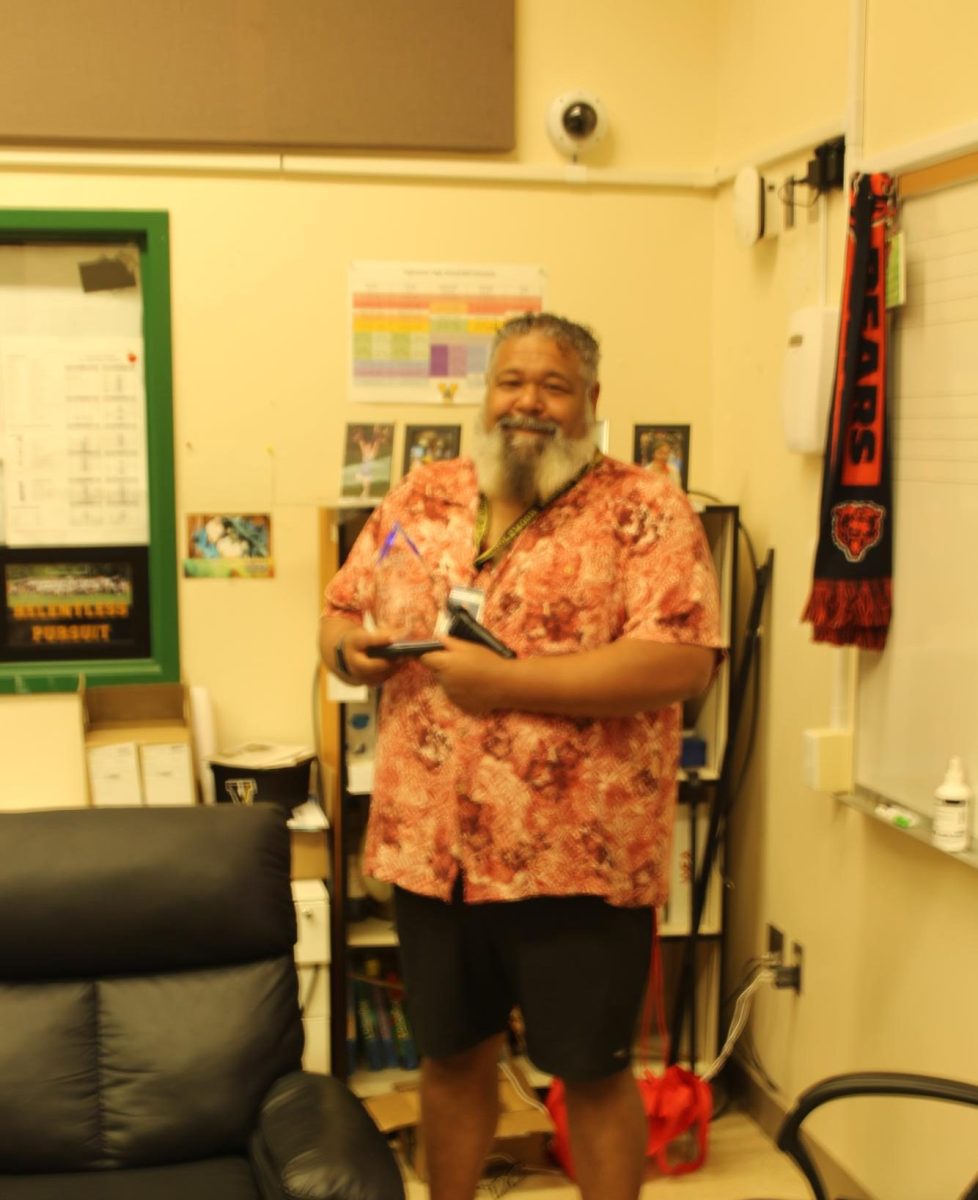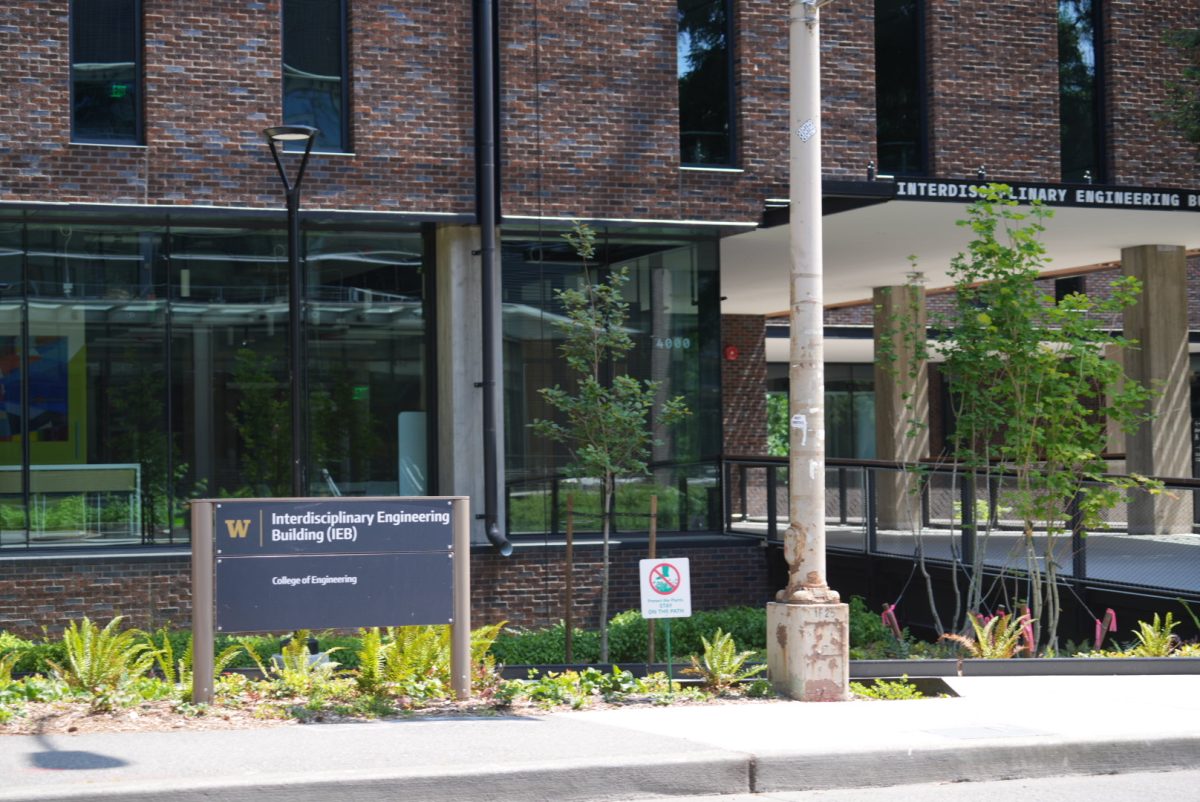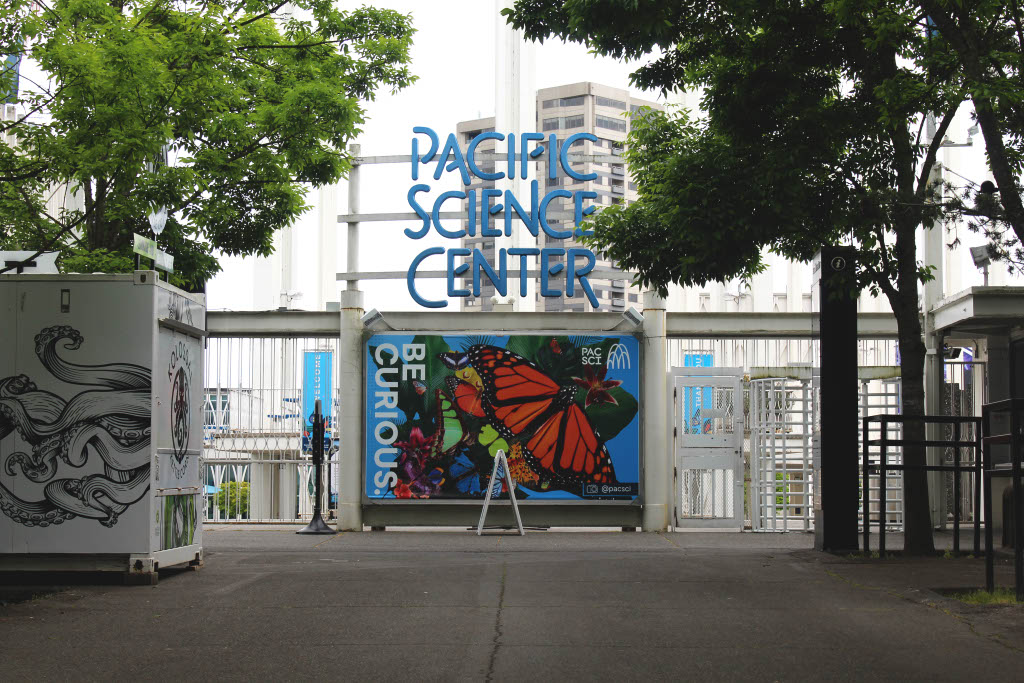For the past three years, NSD has been phasing in artificial intelligence tools for students and teachers to use. Although much of the discussion around AI in classrooms focuses on avoiding plagiarism, the district has been working to find ways for AI to enhance learning rather than impede it.
Inglemoor is currently piloting academic AI tools called MagicSchool and SkillStruck. MagicSchool is a collection of AI programs designed to lighten teachers’ workload and help students understand difficult concepts. It includes a wide range of tools, including a structured assignment generator for teachers and a text summarizer for students to help break down more complex ideas. SkillStruck is an AI chatbot that acts as a tutor and helps students to think critically. Instead of providing an answer, SkillStruck guides them into finding an answer themselves. Students can have specific conversations with its six “tutor” chatbots that specialize in history, math, writing, language learning, computer science and natural science. SkillStruck builds in cheating prevention and is more structured than generic AI like ChatGPT. Teachers can add or create other specialized tutors for their students.
Shelby Reynolds (she/her) is the Assistant Director for Instructional Technology and Library Services for NSD. She and her team have been working on incorporating SkillStruck and MagicSchool in the district. Knowing how to use AI is an increasingly important part of students’ education, said Reynolds.
“Just like we help you learn how to read and write and sometimes code and build things and create things, I think AI being part of the world as we know it now, and probably increasingly so as you grow and you enter into the world after you graduate, I think we’re obligated to teach you how AI works and how to use it responsibly,” Reynolds said.
“From a teaching perspective, AI tools can really create a lot of efficiency. Teachers who would normally spend a lot of time customizing a lesson or building a lesson on an emerging topic or a complicated topic can use AI to help them co-create that material, so they’re not spending hours and hours and hours trying to come up with a specific lesson plan or activities to engage students,” Reynolds said. “From a student standpoint, understanding, with limitations — AI can help you improve your writing skills, can help explain complex topics to you in a way that maybe your teacher didn’t or can’t, or that makes sense to you in a way that another explanation didn’t.”
Principal Adam Desautels (he/him) said that AI can be an extremely useful tool to help students learn faster and get help when they don’t have access to a teacher. By using AI tools designed for students, they can continue building skills while getting help from the AI.
“How do we ensure that we’re still learning and critically thinking, instead of letting the machine do our critical thought for us?” Desautels said. “By teaching how to ask the right questions and how we use it as a way to help us analyze and synthesize what we’re doing, but we’re still actually doing the thinking ourselves and creating the arguments, then I think we’ll be able to do it.”
Since ChatGPT’s release in 2022, NSD schools have been reworking their policies on AI and its future in education. Although AI chatbots are becoming increasingly accessible to students, there are many key differences that enable academic AI to be safer and more helpful.
“The academic ones, again, I think they’re more tailored and focused to the school setting,” Desautels said. “And I think that’s important because ChatGPT is almost like a search engine, except it focuses based on what your question is. I think you’re more likely to get inaccuracies with ChatGPT than you will with SkillStruck or MagicSchool.”
According to Reynolds, Academic AI also does more to protect students’ online information.
“Unlike ChatGPT, for example, if you just go out and you start interacting with ChatGPT — there are very few controls that really ensure that the interactions that you as a minor, someone under 18 is having with that tool, there’s very few safeguards.” Reynolds said. “It lives out in the world. It’s not subject to educational requirements or privacy laws or any of that kind of stuff, and it’s not necessarily meant for kids.”
Another notable difference is the safety instruction that SkillStruck provides. It includes video and presentation-style lessons such as “How to Interact with AI Chat Tools,” “Safety with AI Chat Tools” and “Using Chat Ethically” to emphasize the importance of online safety, submitting original work and using technology to enhance learning. The bot warns students against sharing personal information and flags messages that could be inappropriate or dangerous. It also allows teachers to monitor students’ chats to respond to any safety issues and monitor attempted or inadvertent cheating.
The first step to using academic AI in schools is helping teachers understand their processes and benefits, Desautels said.
“I think it’s only going to go as far as teachers are comfortable using them in the classroom,” Desautels said. “So until those trainings come out for teachers that are more than just single building trainings or things like that, and we have time to actually use this stuff, they probably won’t take off.”
He said AI usage will likely continue to grow in classrooms over the next few years, although it will be gradual and more dependent on teachers than anything else.
The process of AI tool curation at Inglemoor has been underway for three years, and more teachers have started using it every year it’s been available.
“Back when Open AI was starting to push out their first version of ChatGPT, it’s actually Mr. Derror that brought it to me. He’s like, ‘Hey, have you heard about this?’ And we started to talk it through,” Desautels said. “I started to play with it myself, so that I could then figure out how to show it to teachers and how they can use it.”
The process has been ongoing since, and the tools continue to be improved as more teachers participate in trainings to learn about AI.
“AI is not going anywhere,” Reynolds said. “It’s part of the world as we know it, and I don’t think that shying away from it, or pretending it doesn’t exist, or being scared of it does our students any service.”



